First Contact Day and the Sci-Fi Stories That Shaped It
Explore five unforgettable first contact stories, from “The Day the Earth Stood Still” to “Star Trek: First Contact.” What they reveal isn't just about aliens—it’s about us.
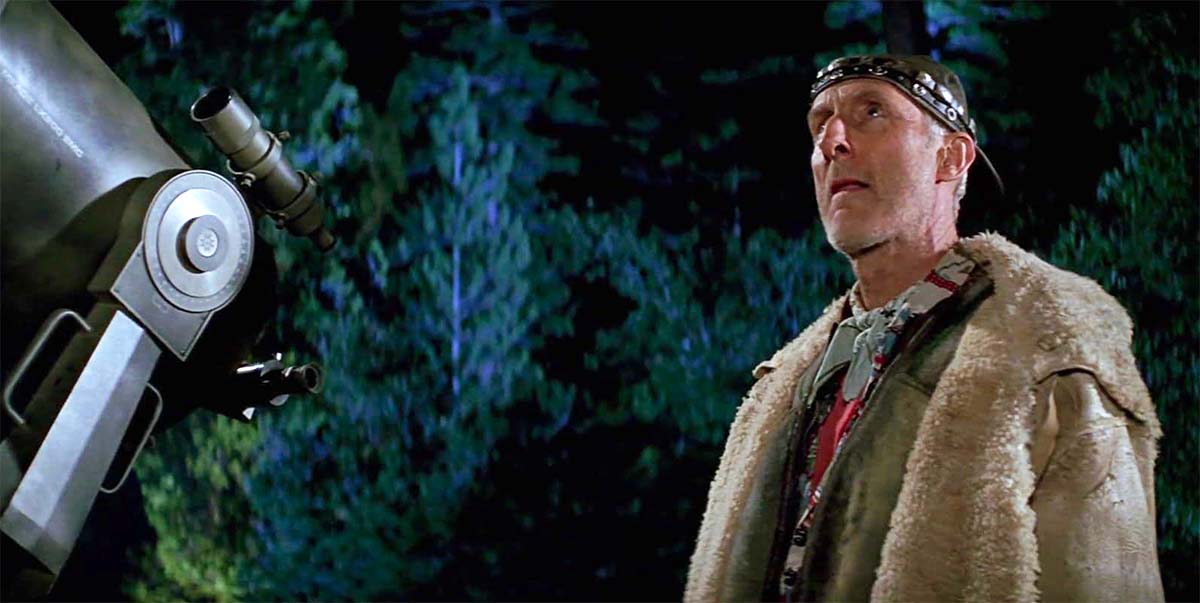
This Week in Classic Science Fiction - First Contact Day
April 5 is Star Trek First Contact Day, commemorating the fictional moment in 2063 when humanity first meets the Vulcans after Zefram Cochrane's successful warp flight.
In the 1996 film "Star Trek: First Contact," that event represents more than science fiction—it stands as a hopeful vision of what we might become when courage, ingenuity, and unity align.
First contact is a defining theme in science fiction. It asks how we respond to the unknown, how we portray ourselves to the cosmos, and what we genuinely seek beyond the stars.
"Star Trek" has always explored these questions with optimism, making First Contact Day a fitting occasion to revisit how classic sci-fi has handled our imagined first meetings with alien life.
This week, we examine five first-contact stories that shaped the genre. Some inspire. Some disturb. Each one reflects what we believe about ourselves and what kind of future we're hoping—or fearing—to build.
Five First Contact Stories That Define Classic Science Fiction
First contact with extraterrestrial life is one of the genre's most compelling scenarios. It allows writers and filmmakers to probe deep questions about humanity: Are we ready to meet the unknown? What will we say for ourselves? What might we become in the process? Here are five essential first-contact stories that offer very different answers to those questions.
"The Day the Earth Stood Still" (1951)
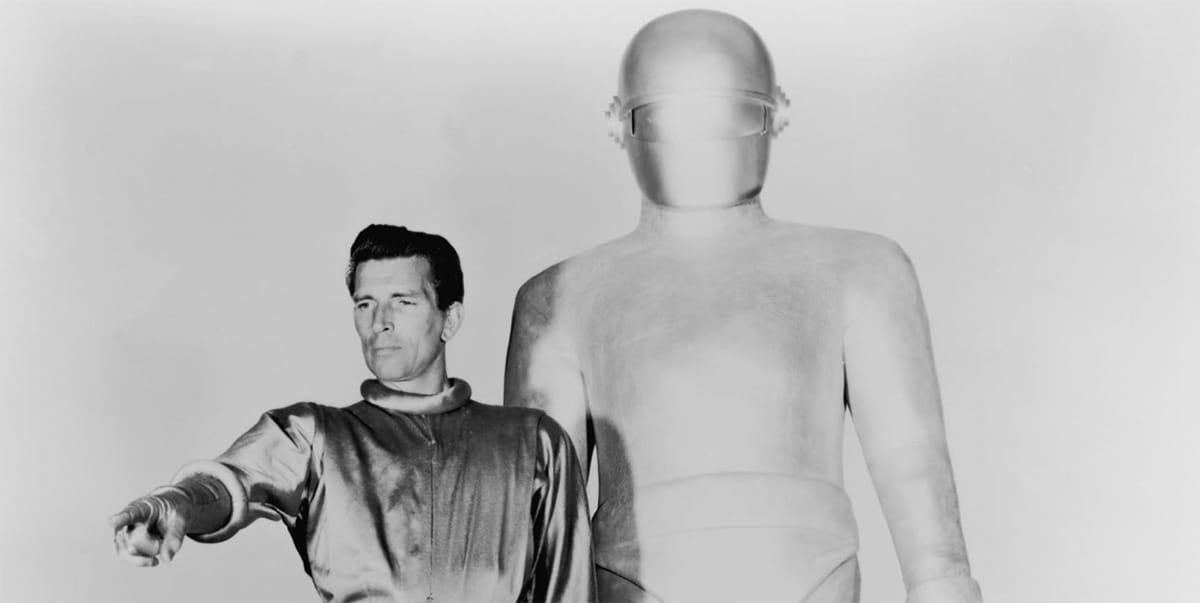
This film, directed by Robert Wise, introduces Klaatu, a humanoid alien who arrives in Washington, D.C., with a warning: if Earth cannot live peacefully, it will be eliminated.
The story reflects Cold War anxieties, but its core message is moral. Klaatu doesn't offer friendship—he delivers judgment. First contact here is a reckoning. It asks whether human civilization deserves to continue, and it places the burden of survival on our willingness to act with virtue.
"Close Encounters of the Third Kind" (1977)
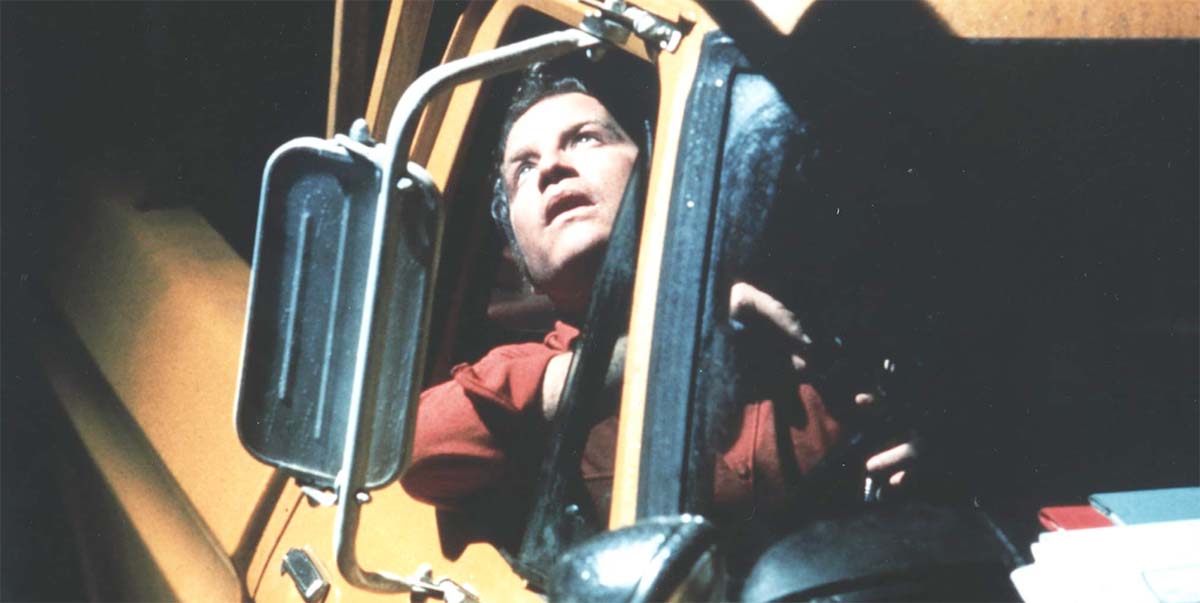
Steven Spielberg presents a different vision—one of mystery and grace. The aliens communicate through light and music, bypassing language and politics. The story centers on ordinary people drawn by dreams and instinct toward something bigger than themselves. Here, contact with extraterrestrials doesn't inspire fear but reverence. It suggests that in the right moment, wonder—not war—might define us.
"Star Trek: First Contact" (1996)
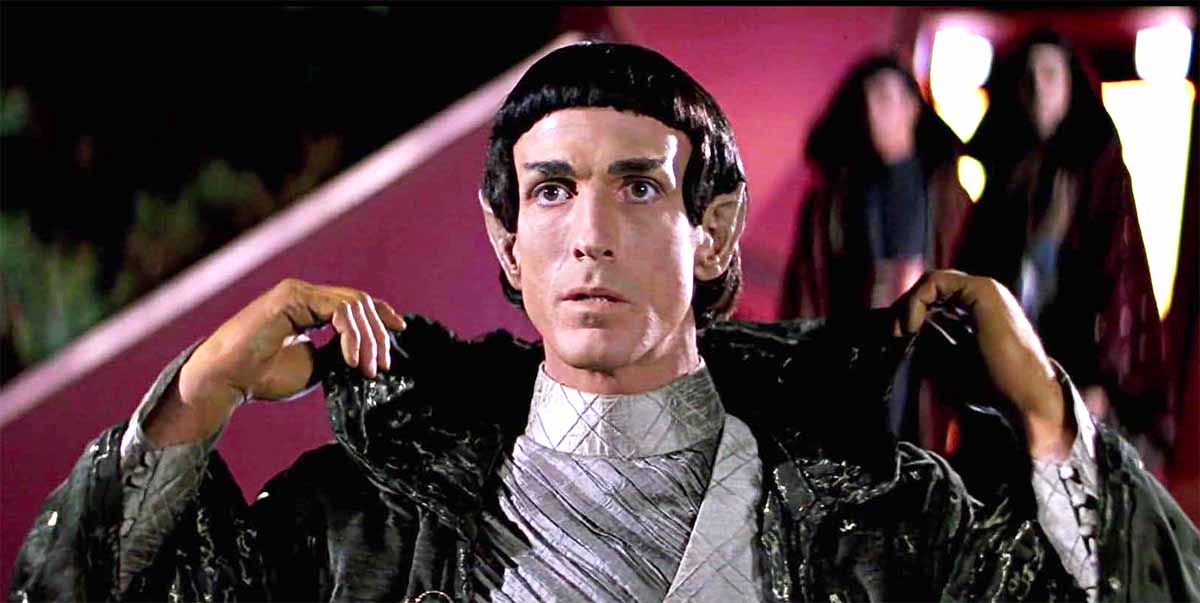
Zefram Cochrane, the man who invents warp drive, is no idealist—he's a reluctant hero chasing profit. But history finds him. When the Vulcans arrive, it's not because humanity is perfect, but because we've reached a threshold. We're ready for more. This story affirms a central theme of "Star Trek": progress is messy, but destiny favors those who strive.
"Solaris" by Stanisław Lem (1970)
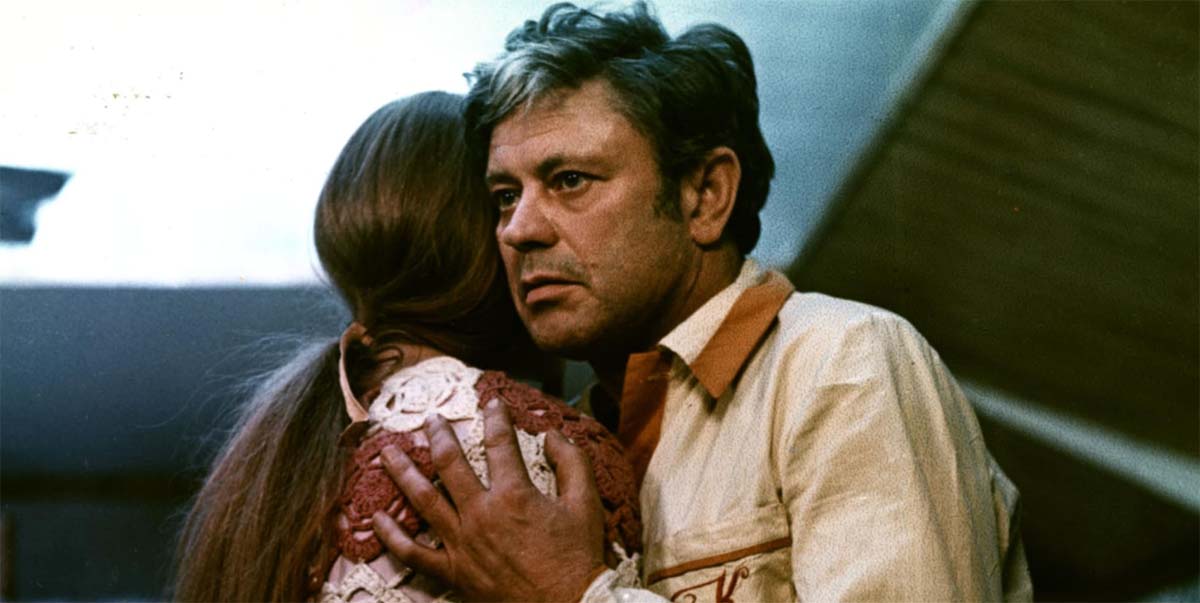
Lem offers a starker view. On the planet Solaris, a sentient ocean manifests figures from the deepest corners of the human mind—memories, grief, guilt. There is no communication, only reflection. The alien is not hostile, but it is incomprehensible.
First contact here is not dialogue—it's confrontation with ourselves. Lem's vision resists easy optimism, reminding us that not all knowledge brings comfort, and not all mysteries can be solved.
"Childhood's End" by Arthur C. Clarke (1953)
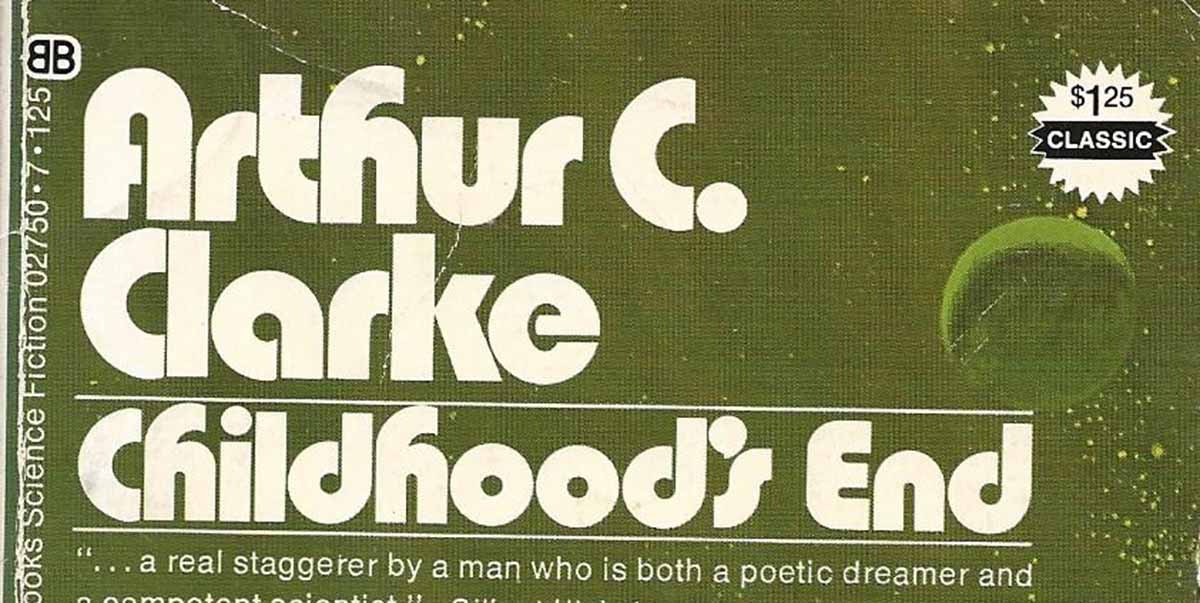
When the Overlords arrive, they end war and injustice, guiding humanity into a golden age. But utopia comes at a price: the dissolution of human identity.
In Clarke's hands, first contact leads not to understanding, but to transformation. The Overlords do not conquer. They uplift—and in doing so, erase what we were. It's a story of purpose and loss, asking if transcendence is worth the cost of individuality.
These stories offer very different answers to the same question: What happens when we are no longer alone? Whether they show judgment or wonder, transformation or tragedy, each tale uses first contact to explore what it means to be human.
As we reflect on First Contact Day, we're reminded that the stars won't just test our science. They'll test our character.
Star Trek First Contact Day Trivia
- Zefram Cochrane's warp flight in the film takes place on April 5, 2063—chosen by screenwriter Ronald D. Moore simply because it was his son's birthday.
- The Vulcan salute, made famous by Leonard Nimoy as Spock, was inspired by a Jewish blessing gesture seen during synagogue services.
- James Cromwell, who played Zefram Cochrane in "Star Trek: First Contact," is the tallest actor to appear in a lead role in the franchise, standing at 6 feet 7 inches. His portrayal helped make Cochrane a legend in Trek lore.

